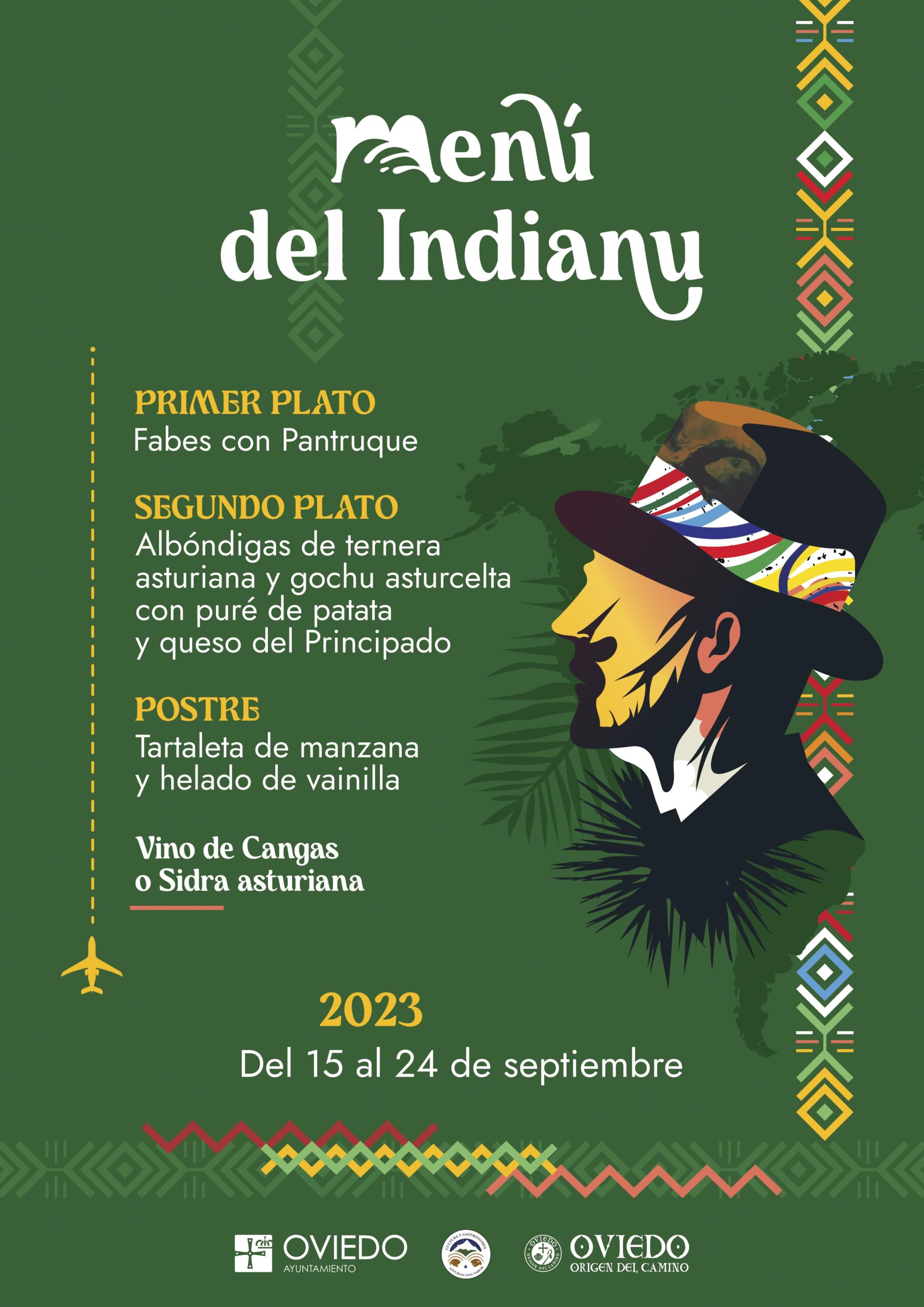
America´s Day in Asturias. Parade suspended due Covid
In the late 1940s, a Valencian artisan who made giant paper mâché puppets for traditional festivities commented in reference to Uria Street in Oviedo: "...you have one of the most beautiful streets in Spain for parades and cavalcades".
The phrase, heard by the well-known artist Alfonso Iglesias - author of the characters Alfonso, Telva and Pinín protagonists of a comic strip published in the local press - served as a script for him to devise a great parade as a tribute to the many Asturians who had emigrated to America and, who, in summer, returned to Asturias and showed off their luxurious cars (haigas) in a city where there were practically no vehicles. The word "haiga" refers to big American cars and comes from an expression attributed to the "rich" who, when going to buy a car, always asked for the most expensive one on sale. The word is still used today.
The idea was not exceedingly popular at first because of financial issues. However, Alfonso Iglesias insisted on organising the Parade and began by involving the Emigration Office and the mayors of the main cities and towns of Asturias.
The first parade was held on 23 September 1950 and brought together thousands of people fascinated by the luxury of almost 60 haigas decorated with flowers and flags, nine music bands and eight floats, all of which paraded down the main street. The floats, designed by Iglesias, represented an emigrant’s farewell, the ship that took him to America, the main countries of destination - Cuba, Mexico and Argentina -, the return of the rich emigrant (indiano) on a modern plane, and Spain, which welcomed him back. Newspapers on both sides of the Atlantic named it "the festivity of festivities".
In the late 1950s and early 1960s, when people started emigrating to Europe, this fact was reflected in the parade. Times changed and so did the parade. The haigas stopped coming and folk groups from Germany, Belgium or Switzerland began to attend, sharing the limelight with the classic groups from Mexico, Argentina or Chile.
America Day in Asturias continued to grow in terms of spectators, extension, quality, and budget. Over the years, the philosophy of the Parade has changed as society changed. Today, it is a tribute to the Asturians who went abroad and to the thousands of immigrants who live in Oviedo, an example of multiculturalism, colour, and coexistence that fills the city every 19 September.
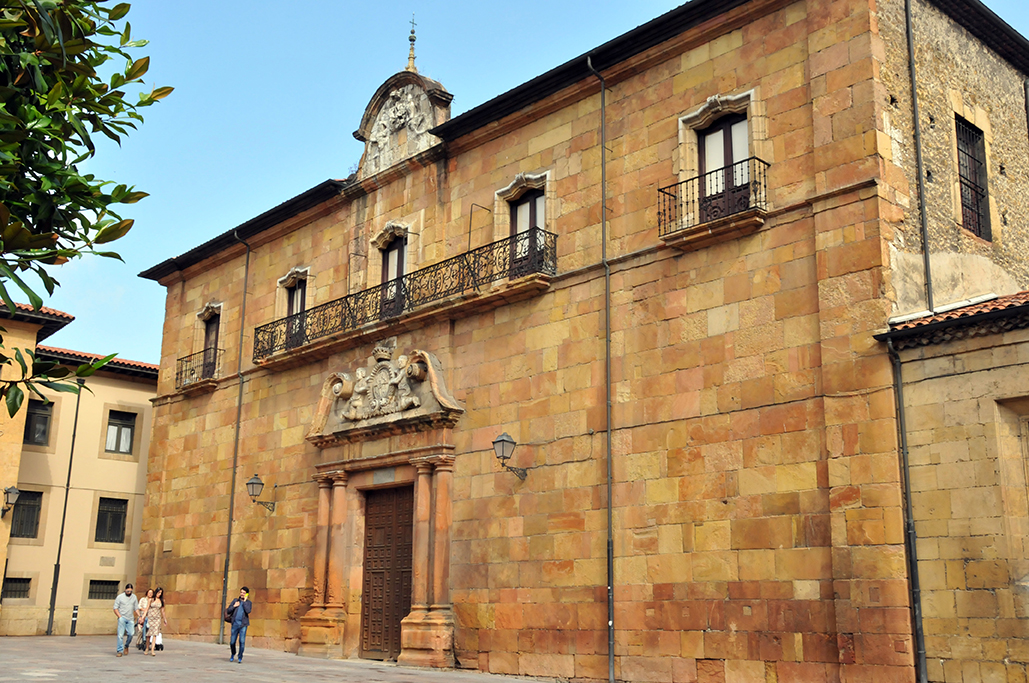 Pope Eugene IV granted, in a papal bull dating from 1428, the plenary indulgence to everyone who visited the Cathedral of Oviedo on the Day of the Exaltation of the Holy Cross, or the eight days before or after, when said festivity fell on a Friday. Since 1982, it has been established that anyone who meets the requirements between 14 and 21 September can achieve the above-mentioned indulgence.
Pope Eugene IV granted, in a papal bull dating from 1428, the plenary indulgence to everyone who visited the Cathedral of Oviedo on the Day of the Exaltation of the Holy Cross, or the eight days before or after, when said festivity fell on a Friday. Since 1982, it has been established that anyone who meets the requirements between 14 and 21 September can achieve the above-mentioned indulgence.
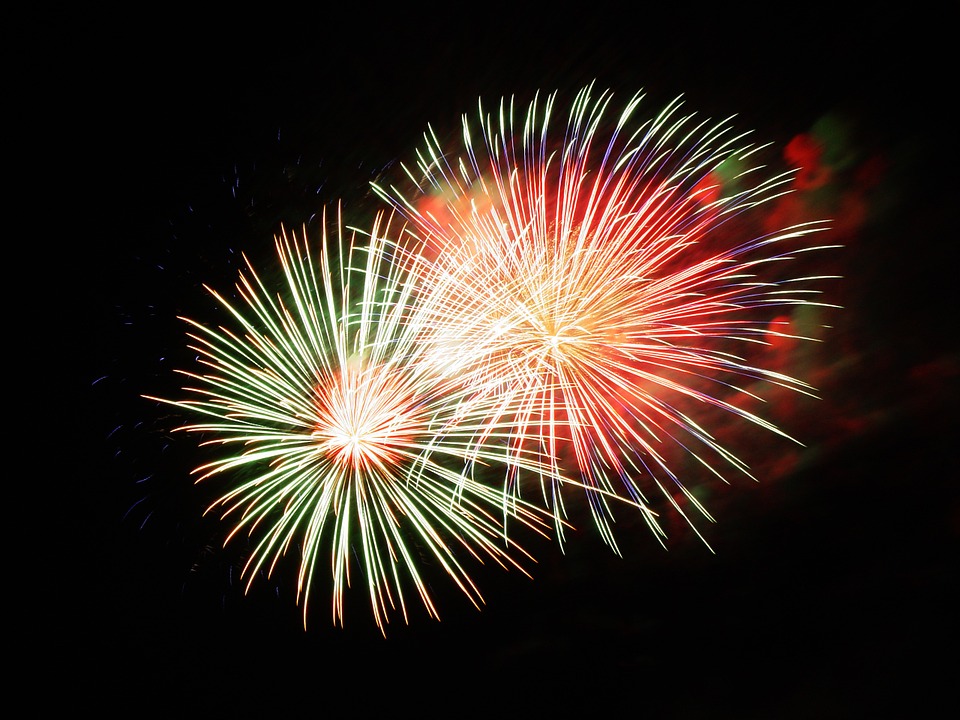
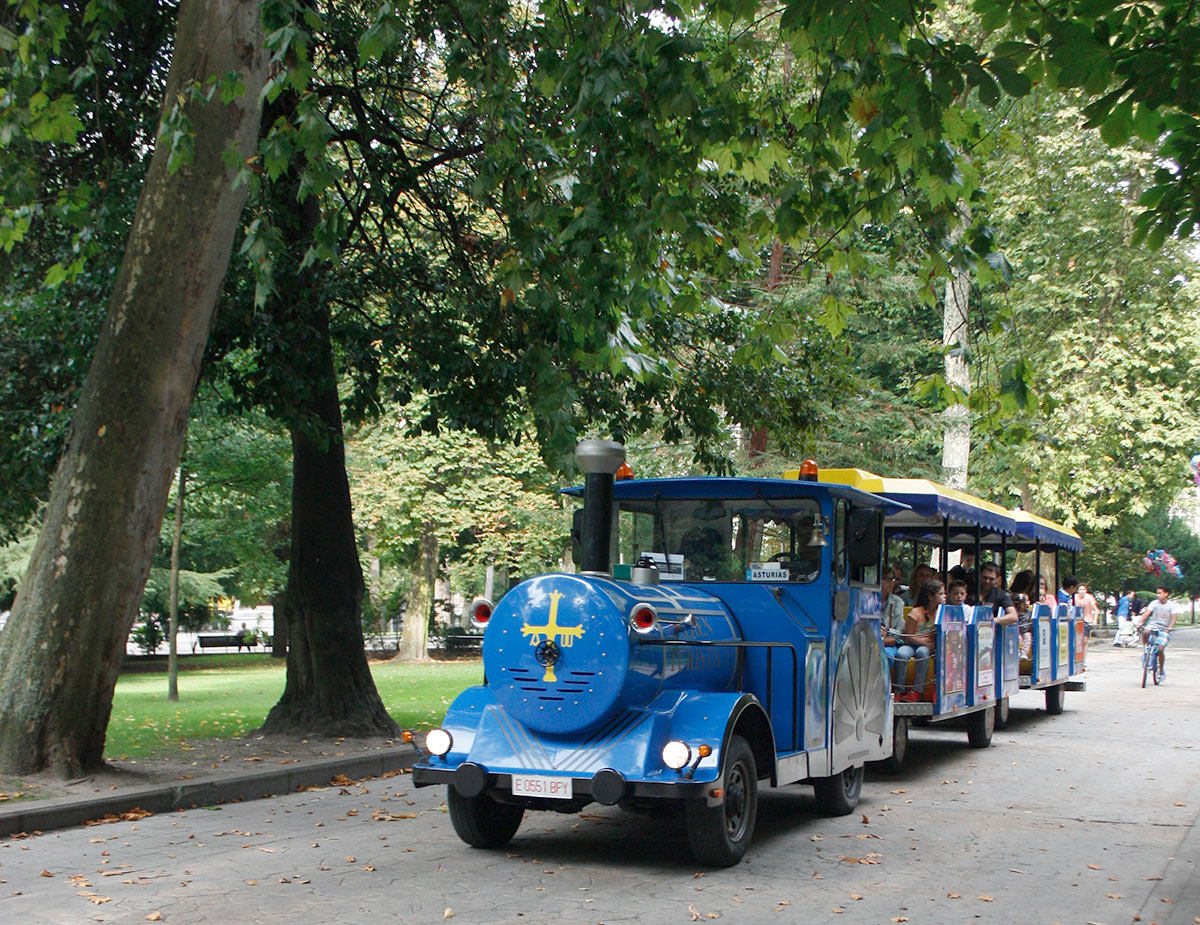 Most of the attractions and activities for children take place in Campo San Francisco. Inflatables, merry-go-rounds, and street shows for children have coexisted for years with outdoor bars in Paseo de El Bombé, which is also the stage for live performances and orchestras.
Most of the attractions and activities for children take place in Campo San Francisco. Inflatables, merry-go-rounds, and street shows for children have coexisted for years with outdoor bars in Paseo de El Bombé, which is also the stage for live performances and orchestras.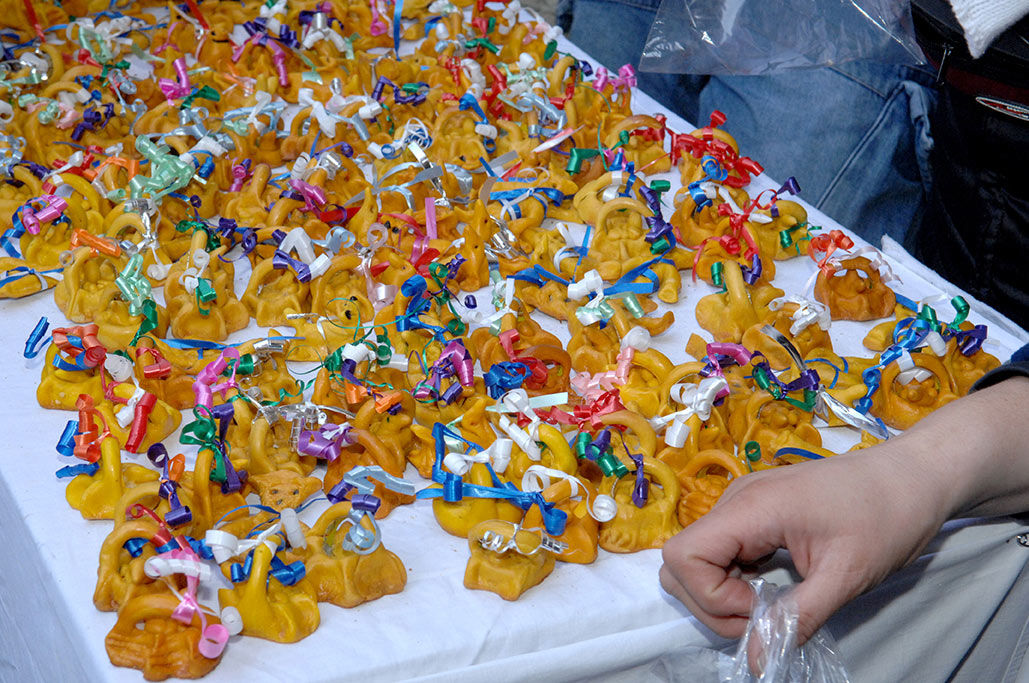 These are figurines made of flour and water and dyed with saffron. They are made into various items: little baskets, nests with eggs, human figures... and decorated with bows. Tradition says that they serve as amulets or protection against storms. They can only be purchased as you leave the Cathedral, after the Mass in honour of San Mateo, on 21 September. This custom dates back more than 300 years.
These are figurines made of flour and water and dyed with saffron. They are made into various items: little baskets, nests with eggs, human figures... and decorated with bows. Tradition says that they serve as amulets or protection against storms. They can only be purchased as you leave the Cathedral, after the Mass in honour of San Mateo, on 21 September. This custom dates back more than 300 years.
